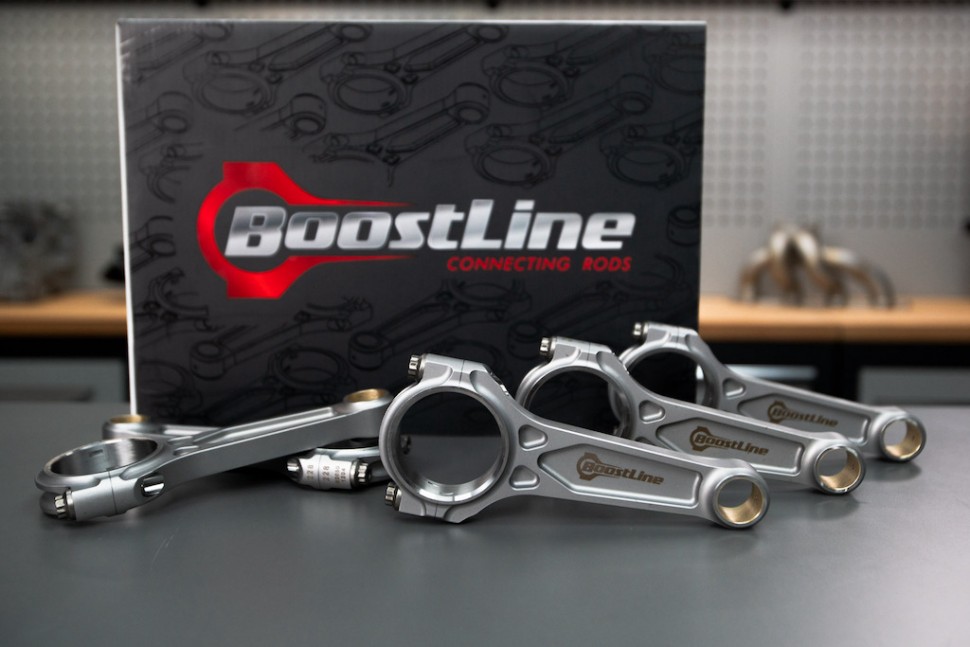Road Tuning: Idle Ignition Timing
Idle Ignition Timing
02.30
| 00:01 | Before we go too far, we need to understand how the engine will respond to ignition timing at idle, and what sort of numbers it may want to see. |
| 00:09 | The effective ignition timing at idle is no different than it is under load. |
| 00:13 | As we advance the ignition towards MBT timing, the engine will produce more torque, and this will tend to make the idle speed increase. |
| 00:21 | If we retard the timing, conversely the idle speed will drop due to the reduction in torque. |
| 00:27 | The first point here is to make sure that the ignition timing numbers in your idle area are smooth and consistent. |
| 00:34 | Erratic changes in the timing numbers will make it hard to hold a stable idle. |
| 00:39 | Secondly we need to choose an idle ignition timing, and there is no set-in-stone rule for what this must be. |
| 00:46 | After tuning thousands of different engines, I find that most engines will idle nicely with ignition advance in the 15 to 20 degree vicinity so this is where I'd suggest starting out. |
| 00:57 | 15 degrees is almost certainly going to be less than the MBT timing, but there are some advantages to doing this. |
| 01:05 | Many ECUs now give you the option of using an overlay table to alter the ignition timing in relation to the area between idle speed and actual engine idle target. |
| 01:16 | This works on the principle that advancing the timing towards MBT will increase idle speed while retarding it will reduce it. |
| 01:25 | For this to be effective though, we need to have the base ignition advance set below MBT so there's some scope to move the timing both ways. |
| 01:34 | You can see how the engine responds to timing at idle by increasing it a couple of degrees at a time. |
| 01:40 | You'll notice the idle speed increases slightly. |
| 01:44 | When you get to the point there is no increase, this is going to be pretty close to MBT. |
| 01:49 | If you want to make use of the idle ignition control function, I recommend retarding the base idle ignition by six to eight degrees from this point. |
| 01:59 | If you have an engine that is heavily modified, and particularly one with a large cam that provides a lot of overlap, you'll usually see more stable idle speed control with a slightly more retarded ignition timing. |
| 02:11 | I find that 12 to 15 degrees usually works well, but you'll need to adjust the timing and see how the engine responds. |
| 02:19 | The slightly retarded idle ignition timing reduces torque and this makes the idle lope of a large cam less pronounced. |





